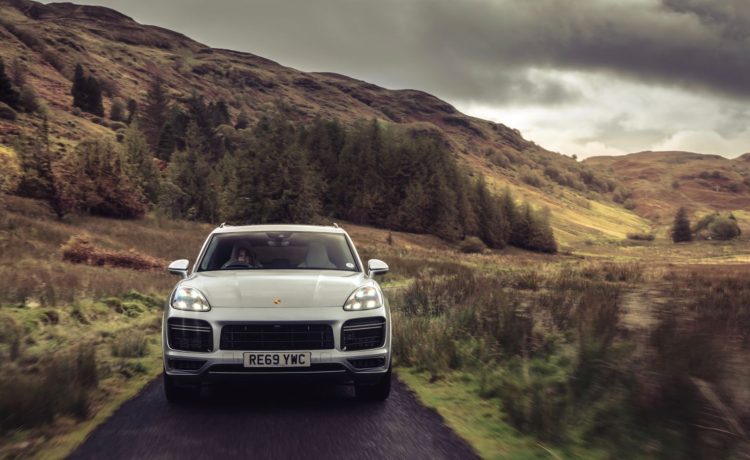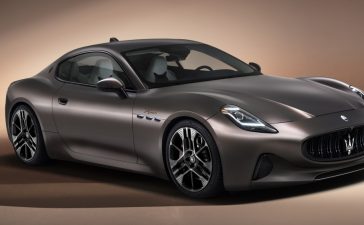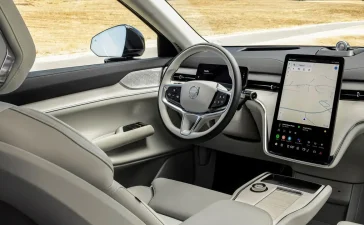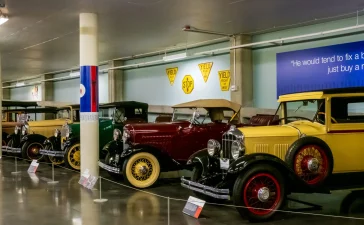Cars are more than just machines that take us from point A to point B. For millions of enthusiasts around the world, automobiles are a source of recreation, freedom, and lifestyle. Whether it’s the thrill of racing, the joy of weekend road trips, or the artistry of restoring a classic vehicle, automobiles have become central to how people spend their leisure time.
In this article, we’ll explore the fascinating intersection of recreation and automobiles: how cars evolved into a recreational passion, the different ways people engage with them, the cultural impact of automotive leisure, and the trends that will shape the future of cars as a hobby.
The Roots of Automobiles as Recreation
When cars first became widely available in the early 20th century, they represented freedom and opportunity. Families could travel farther, explore new landscapes, and escape the limits of their towns and cities. Quickly, driving itself became a form of recreation—not just a practical necessity.
By the 1950s and 1960s, the recreational role of automobiles grew dramatically. Road trips, car clubs, and weekend cruises became cultural staples. Owning a car wasn’t just about mobility; it was about lifestyle. Fast-forward to today, and recreational auto culture has expanded into everything from motorsports and off-roading to luxury car experiences and collector communities.
Popular Forms of Automotive Recreation
The world of recreational automobiles is vast, with niches that appeal to different personalities, interests, and lifestyles.
1. Road Trips and Touring
Few experiences capture the spirit of recreation quite like the road trip. Whether it’s Route 66 in the United States, the coastal roads of Italy, or the mountain highways of Switzerland, driving for leisure allows people to connect with nature, history, and culture. Touring motorcycles and camper vans have even expanded the idea of recreational travel on wheels, blending adventure with comfort.
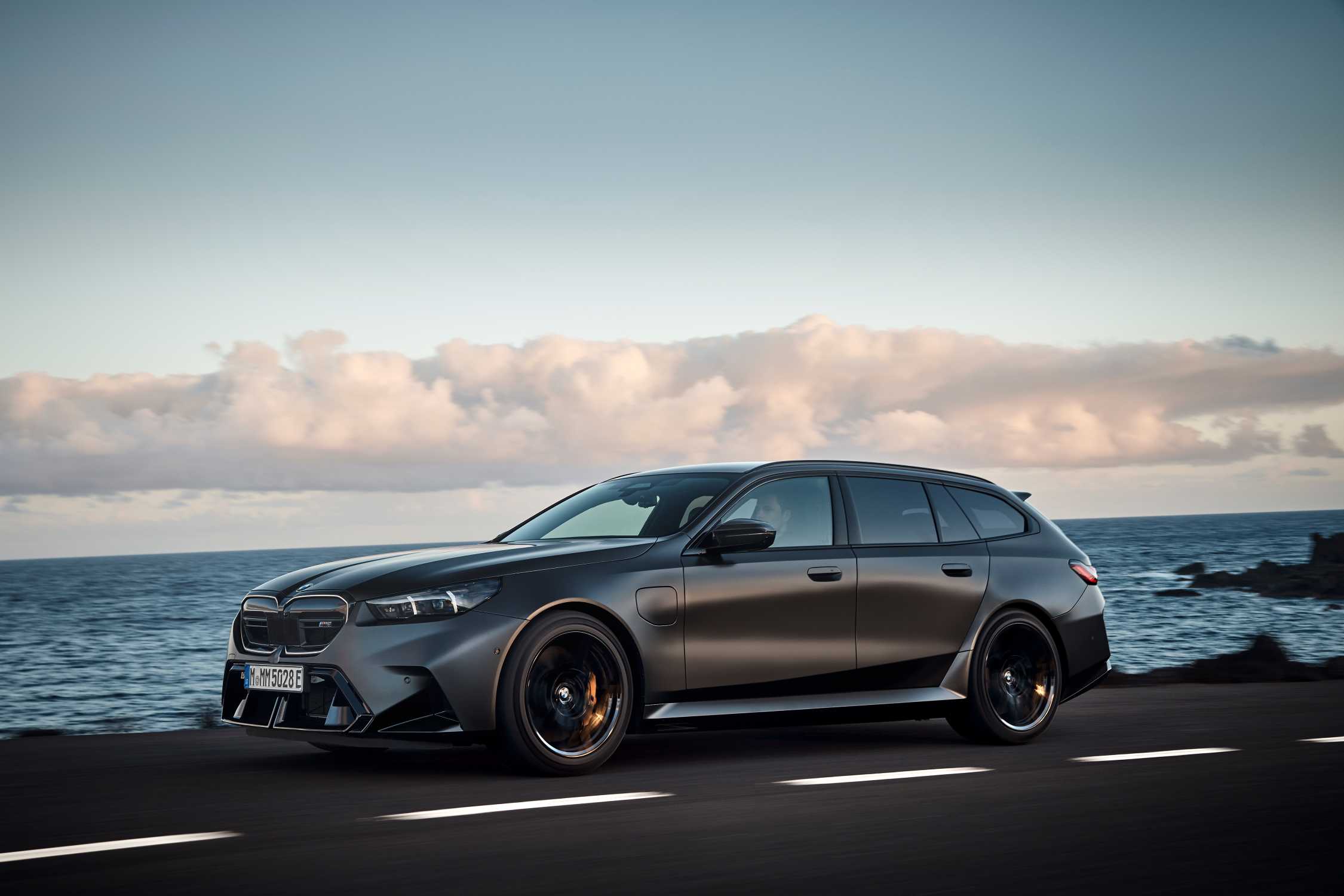
2. Motorsports and Racing
For adrenaline seekers, motorsports provide the ultimate thrill. From Formula 1 to grassroots karting, racing channels the passion for speed and competition. Recreational racing, like track days or amateur drag races, allows everyday drivers to experience the performance side of their vehicles in safe, controlled environments.
3. Off-Road Adventures
Off-roading has exploded in popularity as SUVs and trucks dominate the market. Enthusiasts take their vehicles through rugged terrains, deserts, forests, and mountains for the pure joy of exploration. Jeep, Land Rover, and Toyota 4×4 owners often form communities around shared off-road experiences.
4. Car Shows and Meetups
Car shows are social hubs for enthusiasts who admire craftsmanship, design, and performance. Events like Pebble Beach Concours d’Elegance or local “Cars and Coffee” gatherings allow owners to showcase their prized possessions while connecting with like-minded individuals.
5. Restoration and Collecting
For hobbyists, working on a classic car is a labor of love. Restoring old vehicles brings history back to life while offering a deeply rewarding creative outlet. Collectors, meanwhile, see automobiles as both investments and expressions of personal taste.
6. Driving Clubs and Communities
Recreational driving isn’t always a solo activity. Car clubs—organized around brands like Porsche or interests like muscle cars—create spaces for enthusiasts to share knowledge, attend events, and celebrate their passion together.
Cars as a Social and Cultural Phenomenon
Automobiles are woven into recreational culture in ways that extend beyond driving. Movies, music, and media often romanticize cars as symbols of freedom and adventure. Think of iconic films like Fast & Furious, or songs like “Life is a Highway”—cars represent movement, excitement, and possibility.
For many, recreational auto culture is also about identity. The car you drive can reflect personality, taste, and lifestyle. Muscle cars evoke power and nostalgia, luxury cars suggest sophistication, and off-road vehicles symbolize adventure. In this way, cars function as both a hobby and a cultural statement.
The Economic Side of Recreational Autos
The recreational auto industry is big business. Billions are spent annually on:
-
Aftermarket modifications (performance parts, custom designs, audio systems)
-
Motorsport tourism (tickets, travel, merchandise)
-
Car restoration and preservation (classic car auctions and markets)
-
Off-road equipment (tires, suspension upgrades, gear)
-
Recreational rentals (exotic car rentals, camper vans, motorcycles)
This ecosystem supports jobs, fuels tourism, and drives innovation in the broader auto industry.
Technology’s Role in Automotive Recreation
The digital era has transformed how enthusiasts engage with cars.
-
Sim Racing and Virtual Experiences: Racing simulators like iRacing or Gran Turismo offer realistic driving experiences from home, often serving as training tools for professional drivers.
-
Social Media and Online Communities: Platforms like Instagram and YouTube have made car culture global. Enthusiasts share builds, reviews, and adventures, inspiring new generations.
-
EVs and Hybrid Recreation: Electric vehicles, once thought of as purely practical, are carving their niche in recreation. Tesla’s acceleration, Rivian’s off-road capabilities, and Porsche’s electric Taycan prove that performance and fun are not limited to gas engines.
-
Navigation and Apps: Tools like Waze and road trip planning apps make recreational driving smoother and more accessible.
Sustainability and the Future of Recreational Driving
One of the biggest challenges facing recreational automobiles is sustainability. Cars have long been criticized for their environmental impact, but the industry is adapting. Electric vehicles, biofuels, and hybrid technology are changing the landscape of leisure driving.
-
Eco-Road Trips: Charging networks are making electric road trips increasingly practical.
-
Green Motorsports: Formula E and other electric racing leagues highlight sustainable innovation.
-
Shared Experiences: Car-sharing platforms and rentals reduce the environmental footprint of recreational driving.
For the next generation, the challenge will be balancing passion for cars with responsibility toward the planet.
Why Automobiles Will Always Be Recreational
Even as urbanization, automation, and public transit advance, automobiles will continue to play a recreational role. Cars represent more than utility—they embody freedom, creativity, and emotional connection. Driving down an open road, competing on a racetrack, or simply polishing a beloved classic car provides satisfaction that transcends transportation.
At its heart, recreational driving is about the human spirit: the desire to explore, compete, create, and connect. As long as people seek adventure, automobiles will remain a cornerstone of recreation.
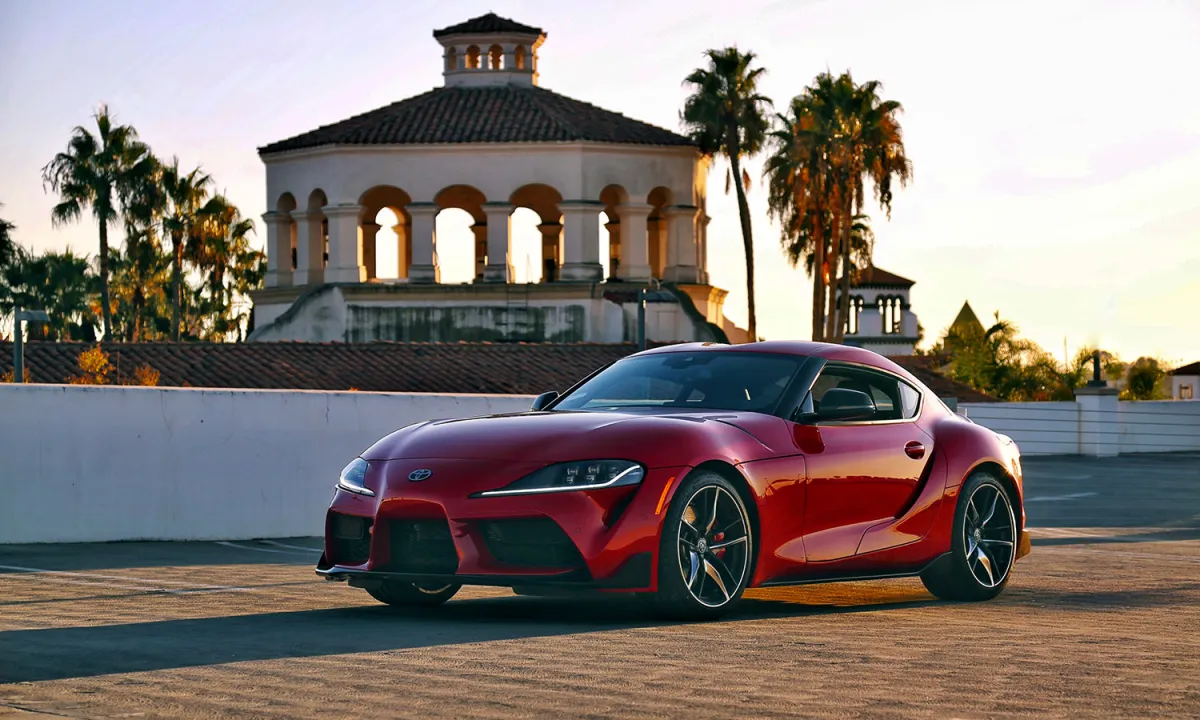
Conclusion
From leisurely road trips and car shows to the thrill of racing and the satisfaction of restoration, automobiles have carved out a permanent place in the world of recreation. They inspire communities, fuel economies, and ignite passions that transcend generations.
As technology advances and sustainability reshapes the auto landscape, the ways we enjoy cars will continue to evolve. Electric vehicles, virtual racing, and eco-friendly innovations are just the beginning of the next chapter in recreational auto culture.
But no matter how much the industry changes, the core experience will stay the same: the joy of being behind the wheel, the freedom of the open road, and the connection between people and their machines.
Automobiles are not just tools for transportation—they are vessels of recreation, exploration, and expression. And that is why cars will always hold a special place in our lives.

